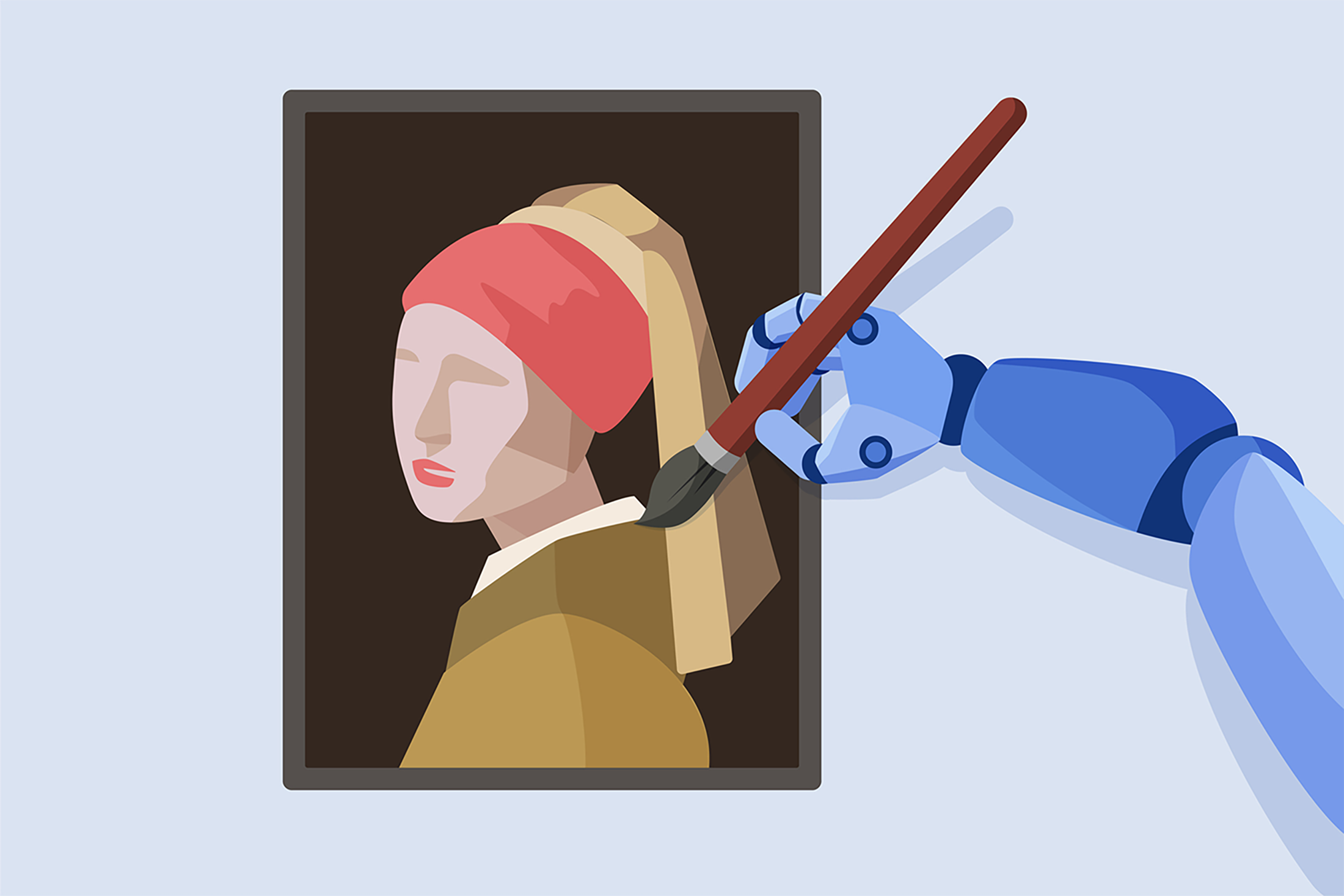Are Creatives Fleeing Instagram Due to AI?
by nlqip

Meta admitted last month that it was using content posted to its flagship platforms Facebook and Instagram to train its new generative AI platform, named (unimaginatively) Meta AI. This came in the wake of major updates to its privacy policy in June which more or less drafted its roughly 3.5 billion person user base to compete with other platforms including ChatGPT and Google Gemini.
While this move came as little surprise given Meta’s voracious data-mining of internet users within and outside of its sprawling ecosystem, it was the final straw for many visual artists. Having already seen AI-based artwork and imagery reduce demand for graphic design and professional photography, it now seemed that their own work could be processed and synthesized into competing products.
Compounding their frustration was that Meta had only informed users in the EU and UK of their plans to adhere to their stricter privacy laws and provided a means to opt-out. For everyone else, any content posted since 2007 was fair game.
“This puts artists in an impossible position,” wrote Bella Bakeman in an op-ed for the Detroit Free Press. “Now, they must decide if continuing to use Meta apps, including Instagram and Facebook, where they’ve cultivated a following is worth AI stealing their intellectual property.”
Many visual artists have announced their intention of leaving Instagram for other visual platforms with more intellectual property protections. One of the most popular, Cara, jumped from 50,000 users to over 700,000 in the first week of June 2024 alone and has since crossed the million user mark.
Cara’s stance on AI is stated bluntly on their website: “We do not plan to host AI art unless the rampant ethical and data privacy issues around datasets are resolved via regulation.”
While the ability of users to switch platforms when one becomes problematic (see: Elon Musk and Twitter) seems like a win for the open market on the internet, it also comes at a steep cost for artists on Instagram. Starting from scratch means losing followers, which can take years to build. Artist-centric apps like Cara may offer more protections to their users, but having a network almost solely populated by other artists drastically cuts down on their changes for exposure to wider and more general audiences.
There’s also the question of the financial stability of newer platforms. The massive influx of users to Cara meant an equally massive increase in the costs needed to maintain it: Cara founder Jinga Zhang announced that their hosting costs ballooned from $2000 / month to $100,000 in a single week in July.
App providers regularly struggle to monetize their services, raising the possibility of Cara a) shutting down and leaving artists to find another network or b) Cara needing to change its policies to cover its costs.
In either case, the AI gold rush for user data and content has yet again raised the adage: “If you’re not paying for the product, you are the product.”
Source link
lol
Meta admitted last month that it was using content posted to its flagship platforms Facebook and Instagram to train its new generative AI platform, named (unimaginatively) Meta AI. This came in the wake of major updates to its privacy policy in June which more or less drafted its roughly 3.5 billion person user base to…
Recent Posts
- Arm To Seek Retrial In Qualcomm Case After Mixed Verdict
- Jury Sides With Qualcomm Over Arm In Case Related To Snapdragon X PC Chips
- Equinix Makes Dell AI Factory With Nvidia Available Through Partners
- AMD’s EPYC CPU Boss Seeks To Push Into SMB, Midmarket With Partners
- Fortinet Releases Security Updates for FortiManager | CISA
